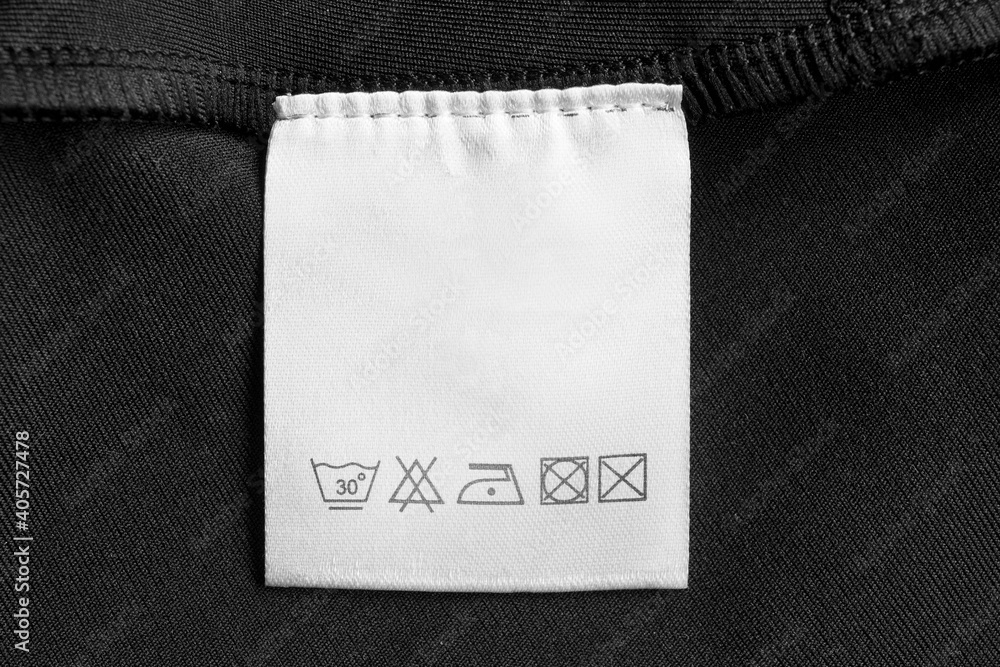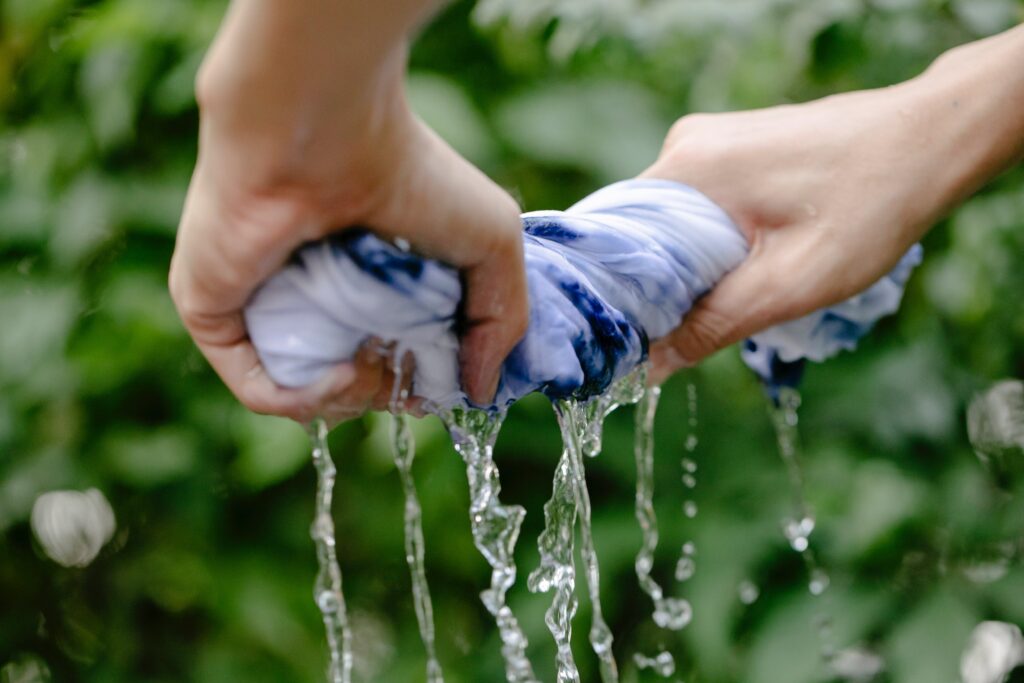Introduction: Embracing the Cozy Season
As winter settles in, the allure of warmth draws us to our cherished woolen sweaters and blankets. However, the recurring dry-cleaning bills associated with frequent use prompt a fundamental question: Can we effectively wash wool at home without risking damage? In this comprehensive guide, we explore the intricate details of wool care, providing insights into hand-washing, machine-washing, and preventive measures to ensure the longevity of your beloved woolen items.
Understanding Wool Laundry Dynamics
Decoding Laundry Complexity
Laundry, as simple as it may seem, becomes a nuanced task when dealing with diverse fabrics such as silk, cashmere, and wool. Each material demands distinct care, raising questions about washing white clothes versus the delicate handling required for wool. The debate between hand-washing and dry-cleaning further complicates the process. To unravel these complexities, we turn to laundry experts for guidance on how to wash wool effectively and safely.
The Hand-Wash vs. Dry-Clean Dilemma
The choice between hand-washing and dry-cleaning hinges on the instructions embedded in the care label. We engage with laundry experts to uncover safe methods for washing wool, ensuring the preservation of cherished items without the risk of inadvertent shrinkage or damage.
Strategies for Wool Preservation

Deciphering Care Labels
Understanding the nuances of care labels is key. If the label mandates dry-cleaning, professionals advise adherence to prevent undesirable shrinkage. Jennifer Ahoni, Tide’s principal scientist, warns that garments marked as “dry-clean only” may lack treatment for washability, risking excessive shrinking. For items labeled “dry clean” without the “only,” a flexible approach involving both hand-washing and dry-cleaning might be suitable, depending on the garment’s condition.
Addressing Shrinkage Concerns
Concerns about wool shrinking during washing are addressed by Ahoni, who explains that felting, or the matting of wool fibers, is a common issue. However, special processing or blending with other fibers can render wool hand- or machine-washable. Care labels play a crucial role in guiding whether a particular wool item is suitable for home care.
Executing Safe Wool Washing Practices
Preventive Measures Against Shrinkage
If the care label permits home washing, precautions should be taken to avoid heat-induced shrinkage. Selecting a cool or cold wash temperature and a gentle cycle, or utilizing a dedicated “wool” cycle, if available, are recommended. A firm avoidance of high wash temperatures and the dryer is emphasized, as heat is the primary culprit in wool shrinkage.
Frequency and Precautions
The frequency of washing depends on factors such as visible stains, odors, and garment type. Ahoni suggests washing wool sweaters every two to three wears, even if worn over a base layer, to prevent invisible sweat accumulation. Wool blankets, being more prone to damage during washing, should be laundered less frequently, ideally once a season.
Practical Wool Washing Techniques

Hand-Washing Step-by-Step Guide
For those opting for hand-washing, a step-by-step guide is provided. Pre-treating stains, soaking in cold water with wool-specific shampoo, and careful reshaping and air-drying are integral components of this process. Meanwhile, machine-washing enthusiasts should follow a meticulous procedure, including pre-treatment, the use of a mesh laundry bag, and air-drying. Crucially, wool items should never be tumble-dried. The recommendation is to air-dry them to prevent felting. Gagliardi advises against hanging wet sweaters, as the weight of the garment can distort its shape. Instead, a method of rolling a wet sweater in a dry towel is proposed to remove excess water before laying it flat to air-dry fully.
Avoiding Common Wool Washing Pitfalls
Reading Care Labels: A Non-Negotiable Step
A failure to read care labels is a guaranteed ticket to shrinkville. Although most sweaters are made of wool blends and have been tested by the manufacturer to be safe for hand-washing and/or machine-washing, it’s still a good practice to double-check, because once a top shrinks, there’s not much that can be done.
Gentle Handling: Avoiding Over-Manipulation
Over-manipulating wool during hand-washing and rinsing is a significant mistake, causing fibers to stretch and lose their shape. Gentle handling is key. Heat is the enemy of wool, causing shrinkage. Protect wool sweaters by always washing them in cold water, then letting them air-dry.
Choosing the Right Washing Machine Cycle

Using the gentlest setting when machine-washing wool is crucial. Over-agitation can promote felting, and a super-fast spin cycle can also cause the fibers to become loose and stretch out over time. De-pilling should only be done when wool items are dry, preferably before the washing process. This will prevent snagging and potential damage.
By adhering to these strategies and techniques, you can confidently embark on the journey of washing wool at home, ensuring the longevity and quality of cherished garments. The art of wool care is not only about maintaining warmth but also about preserving the comfort and memories associated with these timeless pieces.




